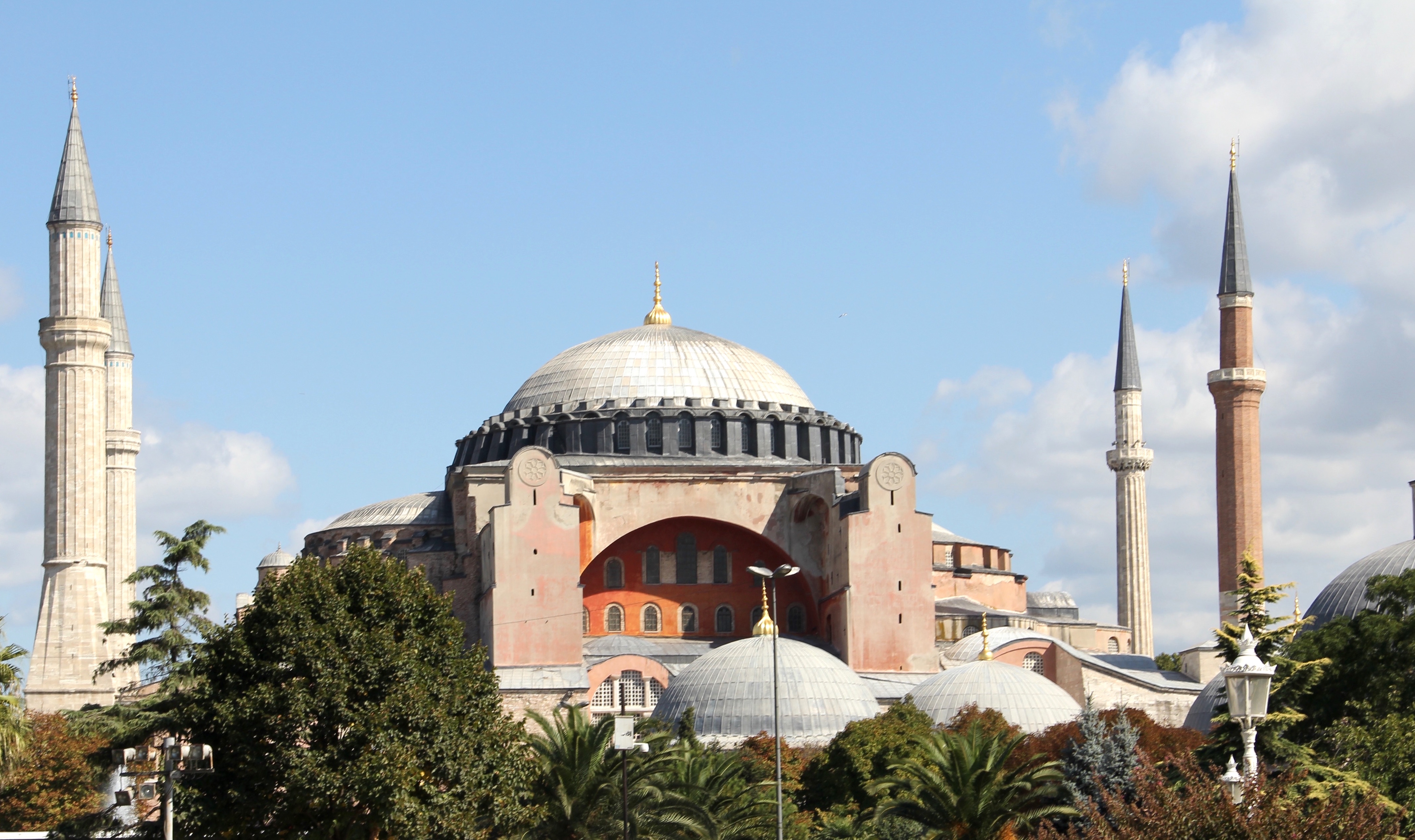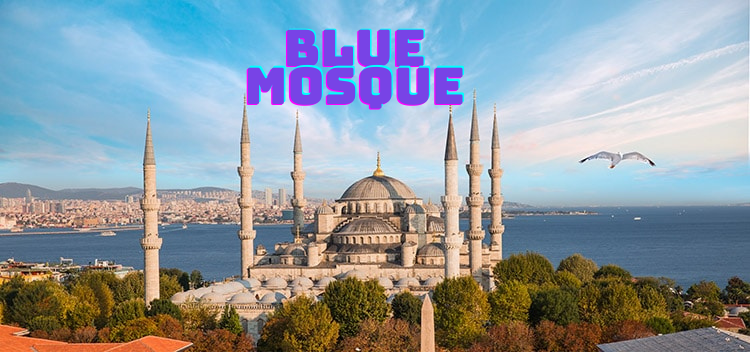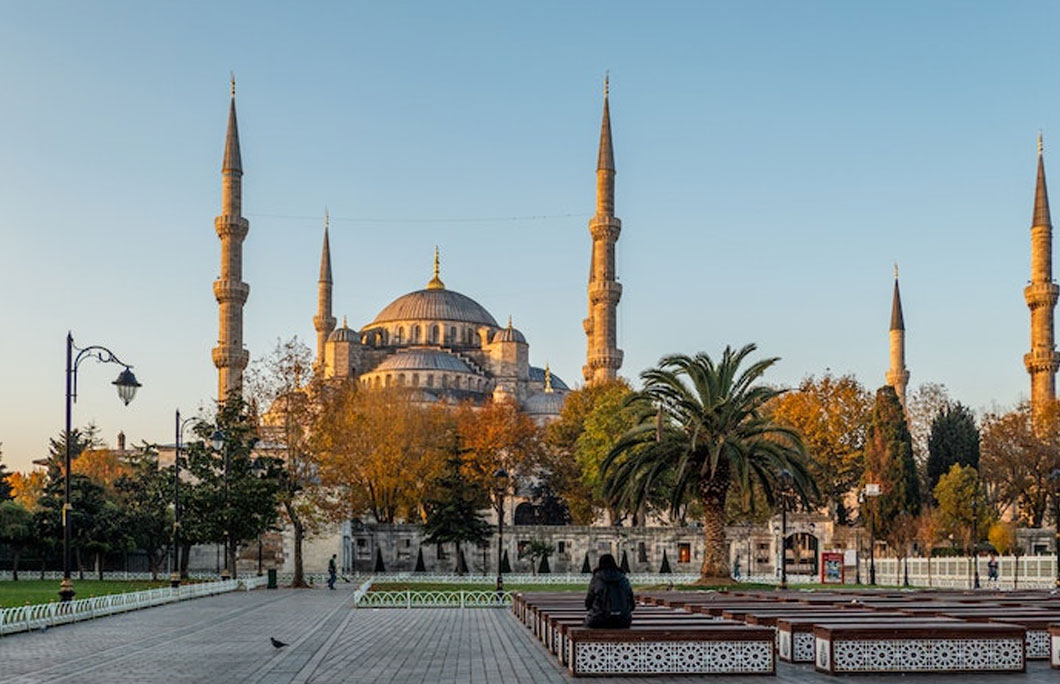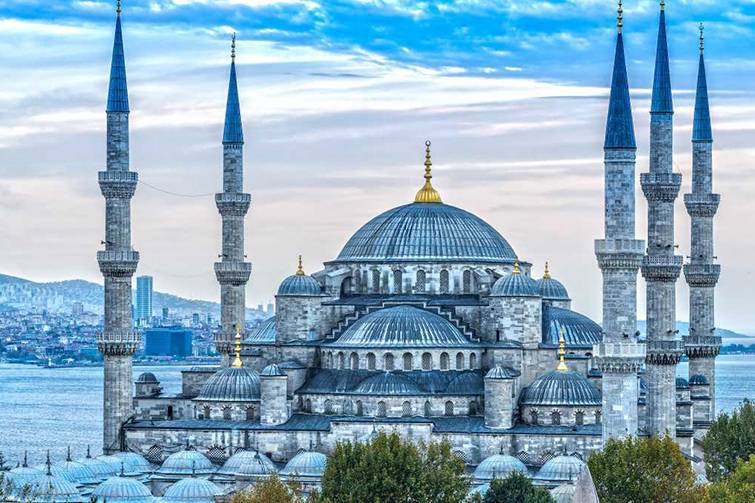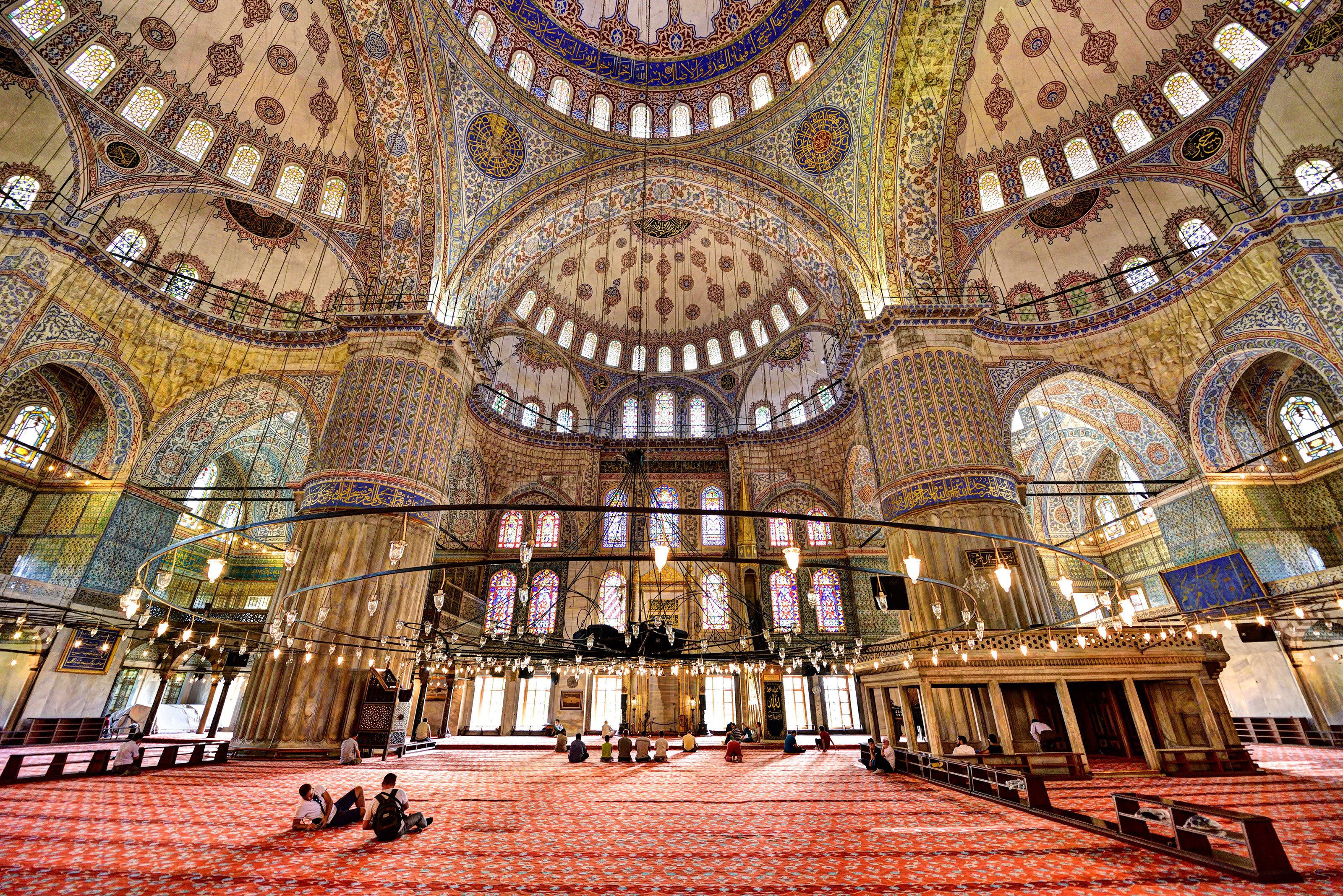The Blue Mosque in Istanbul, Turkey, stands as a timeless testament to the rich history and architectural brilliance of this vibrant city. With its mesmerizing blue tiles, soaring minarets, and intricate calligraphy, the mosque has captivated visitors for centuries. In this blog post, we will explore the fascinating history, stunning architecture, and cultural significance of the Blue Mosque, and why it continues to be a spiritual oasis and a symbol of grandeur in modern-day Turkey.
History of the Blue Mosque
Construction began in 1609 and was completed in 1616. The mosque was designed by the renowned architect Sedefkâr Mehmed Ağa, who blended classic Ottoman architecture with elements from Byzantine and Islamic styles. The mosque was strategically placed near the Hagia Sophia, symbolizing the importance of Islam in the Ottoman Empire.
The Magnificent Architecture
The Blue Mosque’s architecture is nothing short of awe-inspiring. Its grand dome, six slender minarets, and cascading domes create a picturesque silhouette against the Istanbul skyline. The skilled craftsmanship and attention to detail are evident in every aspect of its design.
The Interior Beauty
Stepping inside the Blue Mosque is a breathtaking experience. The vast central prayer hall boasts high ceilings and spaciousness, creating an atmosphere of serenity and tranquility. The pillars and walls are embellished with delicate floral patterns, and the mihrab is an exquisite masterpiece of marble and intricate calligraphy.
A Spiritual Oasis: The Courtyard
The courtyard of the Blue Mosque offers respite from the bustling city outside. Lush gardens surround the central ablution fountain, where worshippers perform their cleansing ritual before prayer. The sound of flowing water and the scent of flowers add to the spiritual ambiance of the mosque.

The Dome: A Symbol of Grandeur
The central dome of the Blue Mosque is an architectural marvel. Its massive size and striking design signify the mosque’s importance and religious significance.

The Mihrab: Facing the Kaaba
The mihrab, a semicircular niche in the wall, indicates the direction of the Kaaba in Mecca and serves as the focal point for prayer. The mihrab in the Blue Mosque is a masterpiece of marble, adorned with intricate calligraphy and geometric patterns, further enhancing the spiritual experience.

Five Pillars and Six Minarets
The Blue Mosque boasts six elegant minarets, an architectural rarity during its time. Legend has it that Sultan Ahmed I instructed his architect to build gold minarets, but there was a misunderstanding, leading to six minarets instead. The mosque’s five main pillars symbolize the five pillars of Islam.
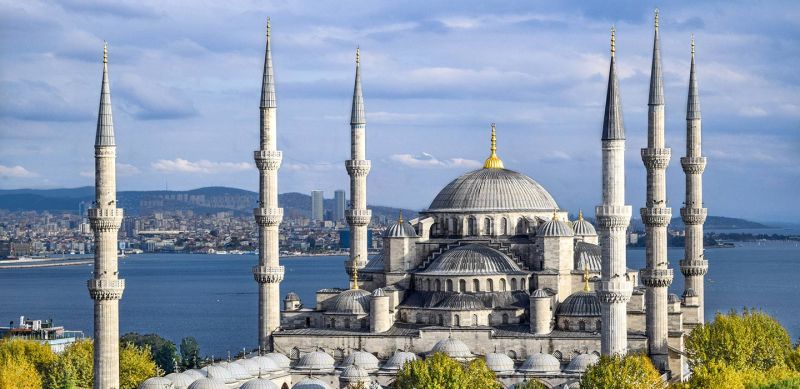
Visit the Blue Mosque: Practical Tips
If you plan to visit the Blue Mosque, consider these practical tips. Dress modestly, covering your shoulders and knees. Remove your shoes before entering, and women should bring a headscarf. Respect prayer times, as the mosque closes to tourists during these periods. Silence your phones and maintain a respectful demeanor.
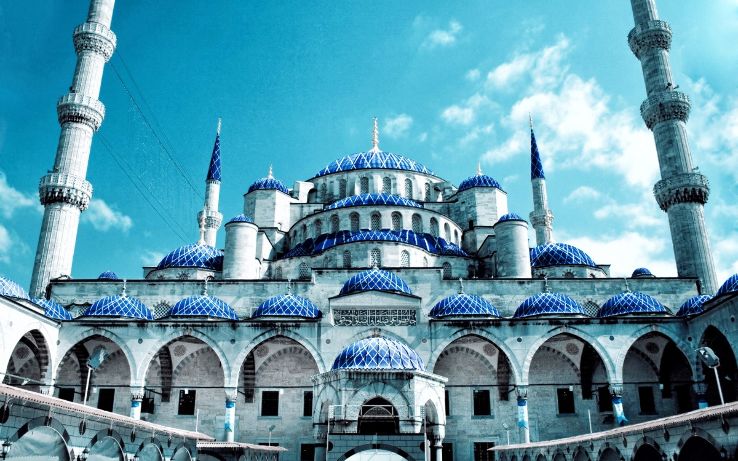
Cultural Significance
The Blue Mosque is not just a religious site but a cultural icon that reflects the diverse history of Istanbul. It serves as a meeting place for locals and tourists alike, fostering understanding and appreciation of different cultures and beliefs.

Blue Mosque at Night
Visiting the Blue Mosque at night is a magical experience. The exterior and interior lights create a captivating aura, and the mosque exudes an otherworldly beauty. It is a time when the hustle and bustle of the day subsides, allowing visitors to connect with the mosque on a deeper level.
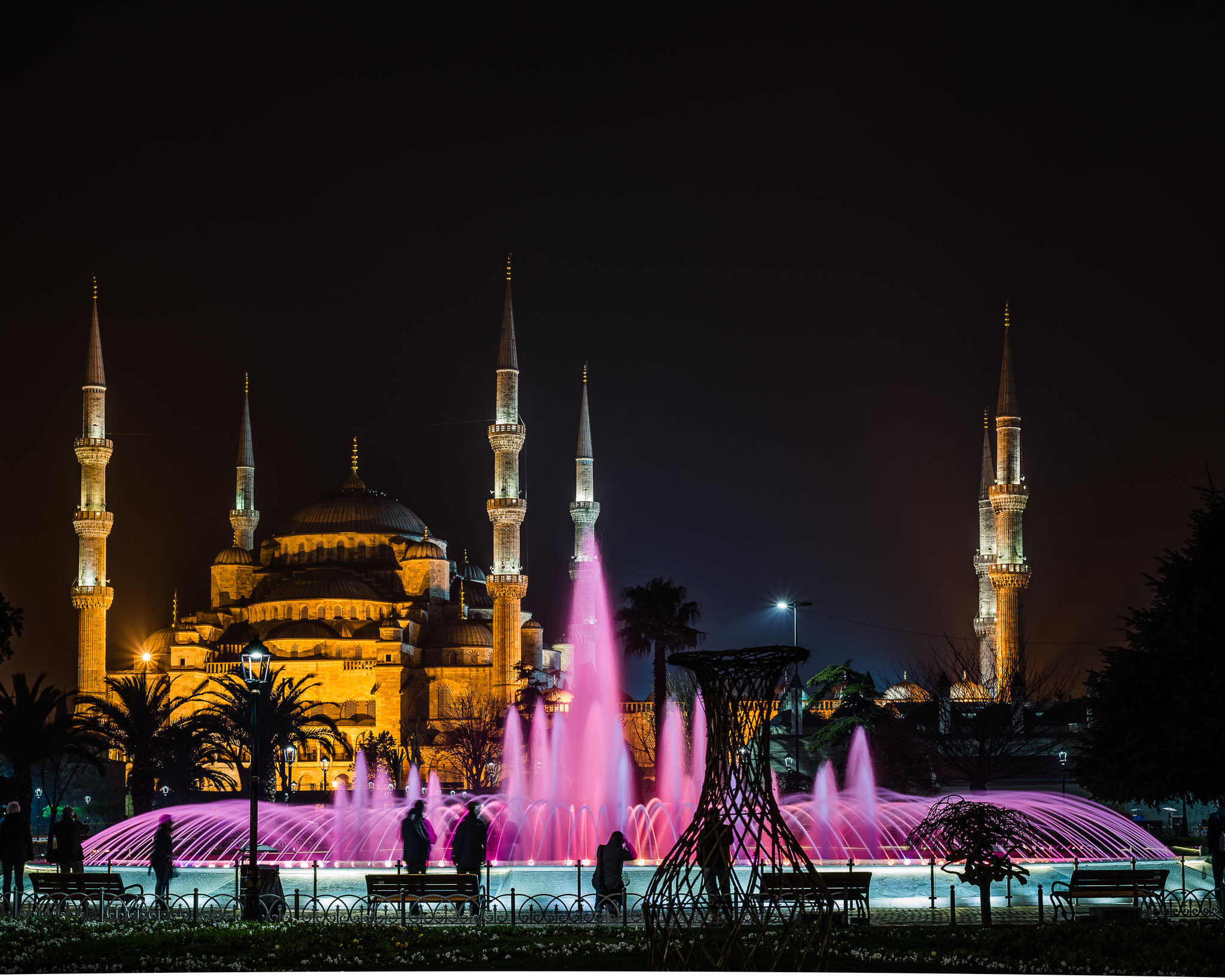
Embracing Diversity
The Blue Mosque welcomes people from all walks of life, regardless of their faith. It stands as a symbol of unity, inviting visitors to embrace diversity and promote intercultural dialogue. The mosque’s beauty and serenity transcend religious boundaries, making it a place of shared humanity.
